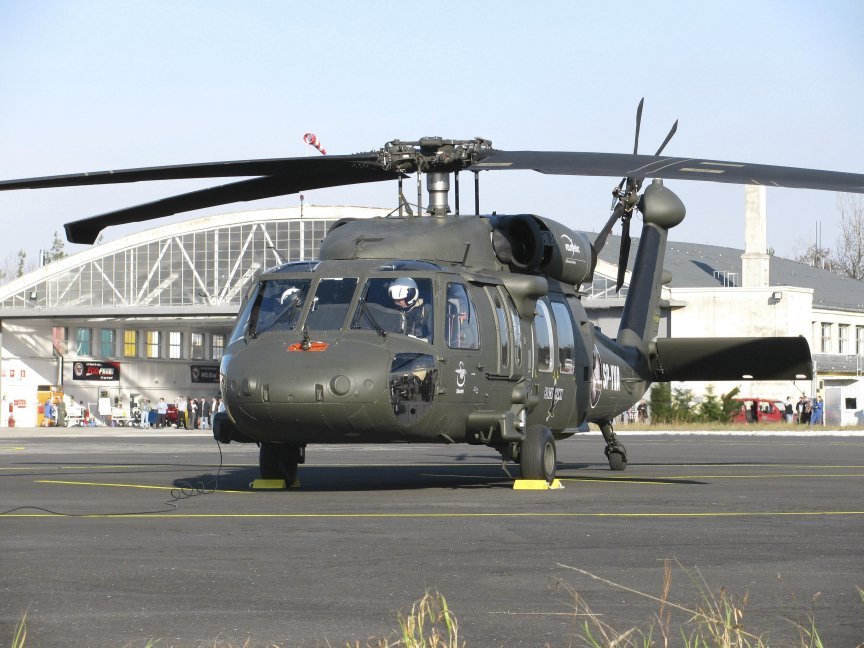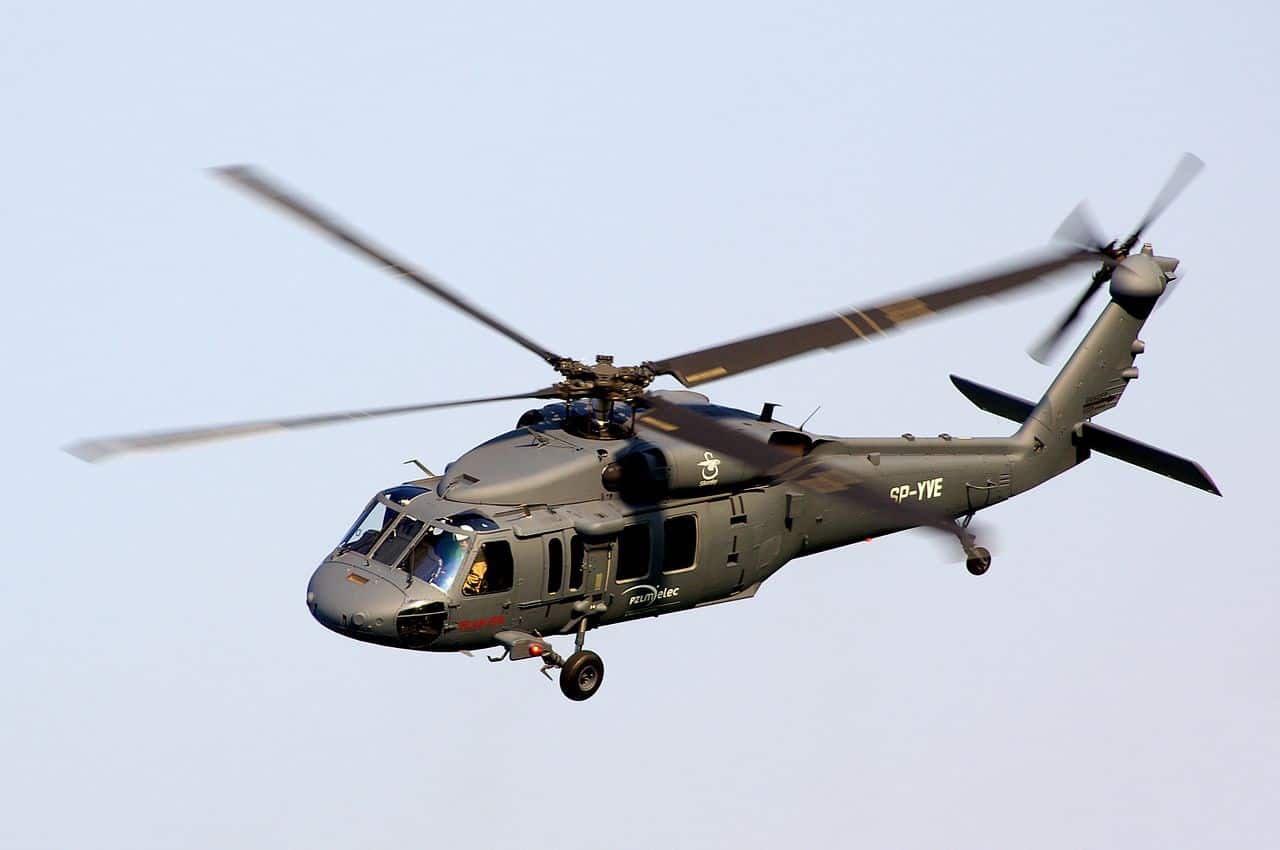High-Performance Multi-Role Rotorcraft Featuring Advanced Cockpit Technologies and Integrated Sensing Unit Systems
The world of rotorcraft modern technology has actually seen notable innovations in current times, particularly in the world of high-performance multi-role rotorcraft equipped with innovative cockpit technologies and effortlessly integrated sensor systems. In the adhering to discussion, we will discover the evolution of rotorcraft innovation, dive into the realm of sophisticated cabin developments, and take a look at the implications of integrated sensing unit systems on the functional versatility and effectiveness of modern-day rotorcraft.
Evolution of Rotorcraft Innovation
The advancement of rotorcraft technology has actually been marked by substantial developments in aerodynamics, products, and propulsion systems, shaping the capabilities and performance of contemporary rotorcraft. Wind resistant renovations have enhanced the effectiveness and ability to move of rotorcraft, permitting for increased rate, dexterity, and security throughout trip (sikorsky s 70). Developments in materials, such as using composite materials and advanced alloys, have caused lighter yet more powerful rotorcraft frameworks, improving total efficiency and resilience. Furthermore, improvements in propulsion systems, consisting of a lot more effective engines and ingenious propulsion innovations, have actually allowed rotorcraft to accomplish greater altitudes, faster speeds, and higher payloads.
These advancements have not only changed the capacities of rotorcraft yet have actually likewise expanded their applications throughout numerous markets, including army, industrial, and emergency solutions. The constant evolution of rotorcraft modern technology remains to drive development in the field, pressing the limits of what is possible and forming the future of vertical flight.
Advanced Cockpit Innovations
Structure upon the foundational advancements in the rules of aerodynamics, materials, and propulsion systems, the world of rotorcraft technology currently moves focus in the direction of pioneering Advanced Cockpit Innovations. The assimilation of sophisticated technologies within the cabin environment plays a crucial function in enhancing the functional capacities, security, and performance of modern rotorcraft. sikorsky s 70. Advanced Cabin Innovations incorporate a large array of functions made to offer pilots with boosted situational awareness, streamlined information management, and user-friendly control user interfaces
One of the essential improvements in cockpit design is the implementation of glass cabins, which change standard analog evaluates with high-resolution display screens. These digital systems use customizable formats, real-time data combination, and enhanced readability, making it possible for pilots to access critical info at a look. Furthermore, advanced avionics systems, such as fly-by-wire controls and increased fact displays, are reinventing just how pilots interact with the aircraft, permitting specific control and improved decision-making capabilities.


Integrating sophisticated cockpit technologies not just improves pilot performance yet additionally adds to overall goal efficiency and security in complicated operational atmospheres. By leveraging cutting edge modern technologies within the cabin, rotorcraft producers are establishing new criteria for operational quality and objective success.
Integrated Sensing Unit Equipments
With the advancement of rotorcraft technology, the combination of innovative Integrated Sensor Equipment has ended up being extremely important in boosting operational performance and safety. These Integrated Sensing unit Systems include a broad selection of innovations that give important data for different functions such as navigation, surveillance, targeting, and ecological surveillance. By perfectly incorporating sensors like radars, cams, lidar, and infrared systems right into rotorcraft, operators can profit from boosted situational awareness, improved goal capabilities, and minimized pilot work.
One key advantage of Integrated Sensing unit Equipments is their ability to gather real-time information and provide workable insights to pilots and objective drivers. Advanced radar systems can find and track targets over long ranges, allowing for early risk discovery and effective reaction planning. Additionally, integrating infrared and electro-optical electronic cameras makes it possible for rotorcraft to conduct reconnaissance and surveillance objectives with precision and accuracy.
Essentially, the integration of innovative sensing unit innovations right into rotorcraft not just improves functional efficiency yet additionally contributes considerably to general objective success and team security. As rotorcraft continue to develop, the role of Integrated Sensor Systems will definitely stay at the leading edge of advancement in the aerospace market.
Operational Versatility and Efficiency
Enhancing operational convenience and performance in rotorcraft is a natural progression from the assimilation of innovative Integrated Sensing unit Solutions. By leveraging the data and insights offered by these advanced sensing unit systems, rotorcraft can enhance their performance throughout numerous objectives and environments.
Functional adaptability includes the ability of rotorcraft to adjust to different functions and scenarios successfully. With sophisticated cockpit technologies and incorporated sensor systems, rotorcraft can flawlessly shift in between tasks such as search and rescue, clinical emptying, security, and a lot more. This flexibility boosts the rotorcraft's ability to meet varied operational requirements without calling for substantial reconfiguration.
Efficiency in rotorcraft procedures is vital for taking full advantage of mission effectiveness and resource utilization. Integrated sensor systems play a crucial function in boosting operational performance by offering real-time information on weather, terrain mapping, target tracking, and extra. This data allows pilots to make informed decisions promptly, optimize flight courses, preserve fuel, and boost general goal performance.
Influence on Modern Aviation Operations

In addition, the combination of advanced sensing units helps with improved objective planning and implementation, allowing rotorcraft to perform a variety index of tasks with boosted accuracy. From search and rescue procedures to aerial firefighting and police missions, the capacities of contemporary rotorcraft outfitted with sophisticated cabin technologies and incorporated sensor systems are unparalleled.
Additionally, the impact of these innovations extends past operational performance to cost-effectiveness and sustainability. By optimizing trip routes, gas intake, and maintenance routines, high-performance rotorcraft equipped with sophisticated cabin technologies and sensors add to reducing operational expenses and ecological influence, making them important properties in contemporary aeronautics operations.
Final Thought
Finally, the high-performance multi-role rotorcraft with sophisticated cabin technologies and integrated sensing unit systems stands for a considerable advancement in air travel technology. These technologies enhance functional flexibility and performance, inevitably affecting modern air travel procedures in a favorable method. The combination of these sophisticated modern technologies permits enhanced capacities and efficiency in numerous goal circumstances, showcasing the proceeded innovation of rotorcraft modern technology in the aeronautics sector.
The world of rotorcraft innovation has seen Full Report significant advancements in straight from the source recent times, specifically in the realm of high-performance multi-role rotorcraft geared up with advanced cabin innovations and flawlessly incorporated sensor systems. From enhanced mission versatility to boosted operational effectiveness, the merging of advanced cockpit technologies and integrated sensing unit systems has actually ushered in a new period of possibilities for rotorcraft applications. In the adhering to discussion, we will check out the advancement of rotorcraft innovation, dig into the world of sophisticated cockpit innovations, and take a look at the implications of integrated sensor systems on the functional flexibility and effectiveness of modern-day rotorcraft.
